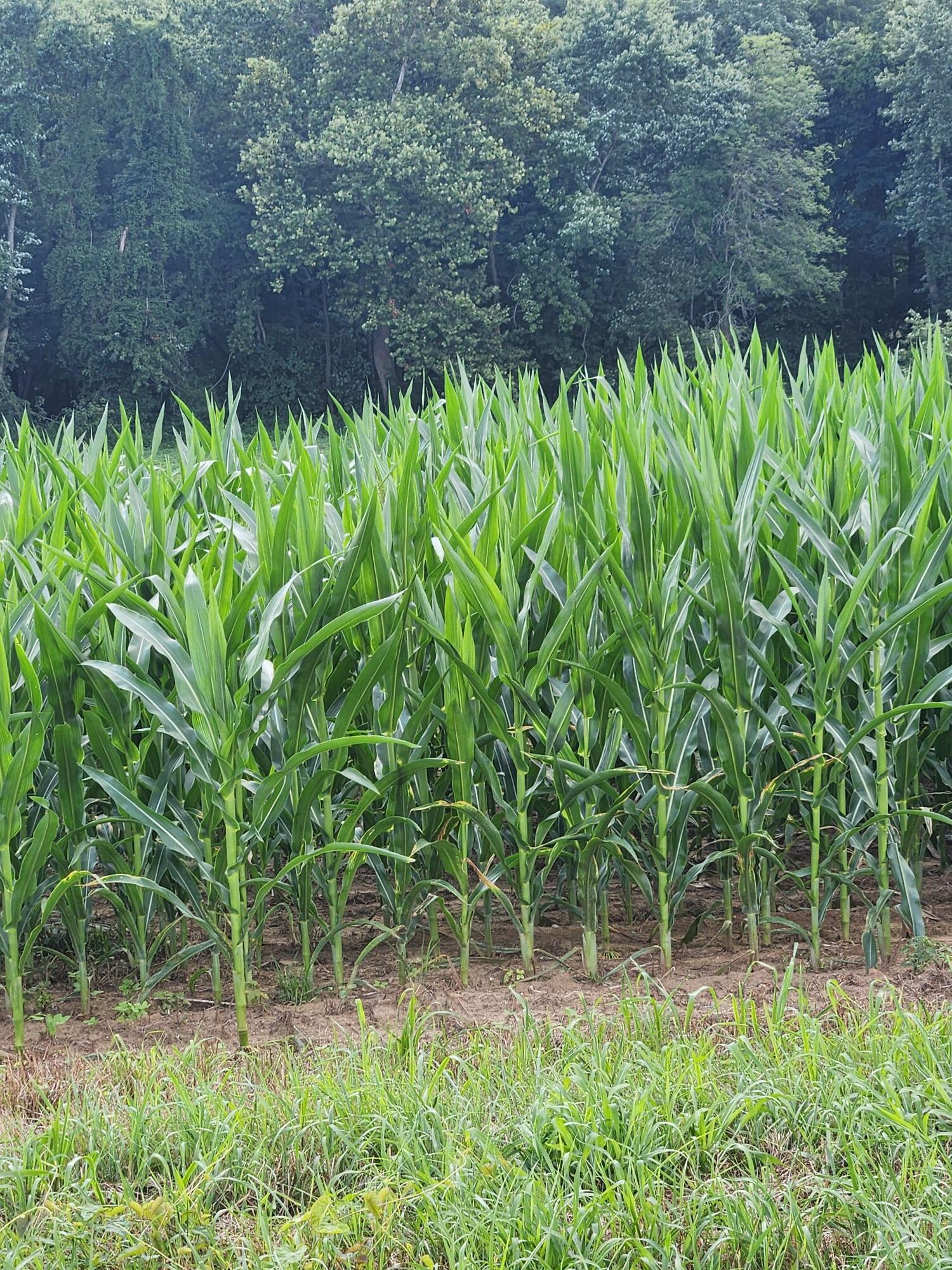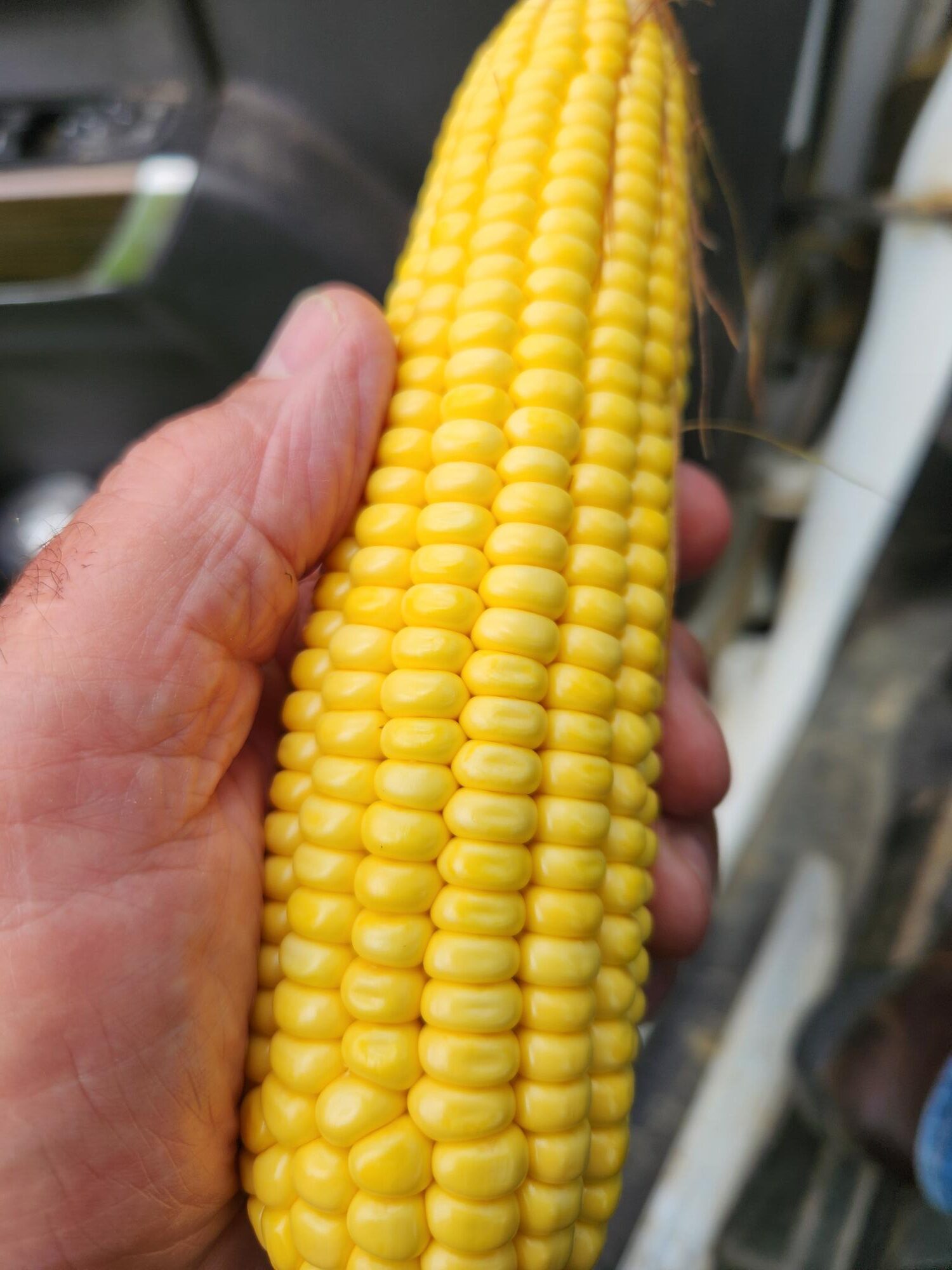Well, August is upon us, typically the home stretch in a normal year. But 2025 is anything but normal here in southern Illinois.
We've fought wet weather and cold temperatures in April and May while managing to plant some crop along during the very brief dry periods – usually about three days. We finally quit planting earlier this month, and several acres will be prevent plant for '25. However, the crop we have planted that survived to this point is flourishing in this weather. Normally, I would say we manage our corn down here from planting to the Fourth of July, and our soybeans from Memorial Day through Labor Day. But this year, it may be more like from Easter until Columbus Day – the crop is that spread out!
From this point on in this blog, I'm going to focus on the positive. What we have planted in SEIL looks pretty good – if you don't look at the calendar. So, remember: if you were fortunate enough to get planted, you still must tend it. We started fungicide applications on corn three weeks ago, and we will continue for a few more weeks.
But what I really want to focus on is how we all need to be watching the soybeans. I normally want to keep on top of my beans until Labor Day – that still holds true. And even though we are skeptical of maximum yield with June-planted soybeans, there is still a lot of potential there.
Today's genetics are so much more adaptable than in the past – while planting date is still very important, the plant's ability to compensate for late planting works in your favor. Crop protection technology has given us the ability to keep the plant healthy in the face of disease, stress and pests. But above all, we must keep weed competition to a minimum. While late planting may eliminate a flush of weeds early on, we'll still deal with weeds until a frost ends the growing season.
With a short season, any stressors will be more pronounced in reducing yields. Like I said, we have to keep weed competition to a minimum while balancing plant-back restrictions for the 2026 crop. Reducing other stresses with good, timely fungicide applications can also boost yield. Look at aerial application, either aircraft or drone, to reduce crop damage from ground application. Even with 120-foot booms, wheel tracts can cost bushels. Remember to weigh your options. With as wet as we are, ground rigs really aren't an option for us. Five inches of rain in the last eight days makes it a little tricky.
There a several plant stress mitigation aids on the market. I'm sure we all have our favorites. Don't be afraid to add them in – if the fit is right – either in a herbicide or a fungicide application. Some have also made late-season fertility applications on soybeans in recent years, especially nitrogen and potassium. Just make sure these fit your program. Don't do it as a last-minute afterthought, but as a planned program that takes full advantage of the genetics planted.
Last, but most importantly, scout, SCOUT, SCOUT. You can't manage your soybeans from the road at 60 miles per hour. Get out in the fields and see what's out there. Remember, you can't sell grain from an empty bin! You can negotiate a price only when you have a bushel to sell. Be diligent, be safe and let's hope 2026 is a bit kinder to us all.
Mike Wilson CCA 4R NMS, RMS, PASp.




 and then
and then